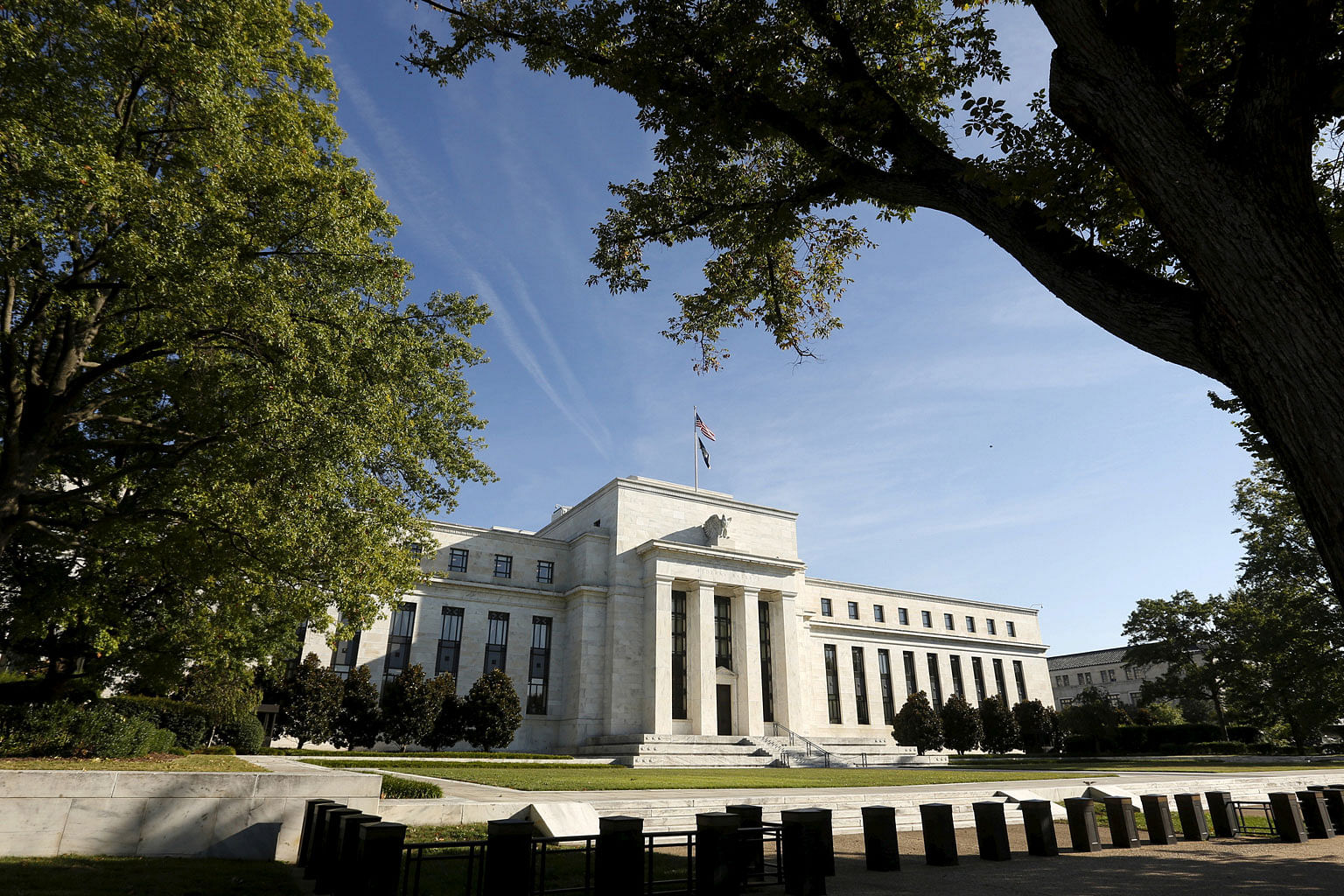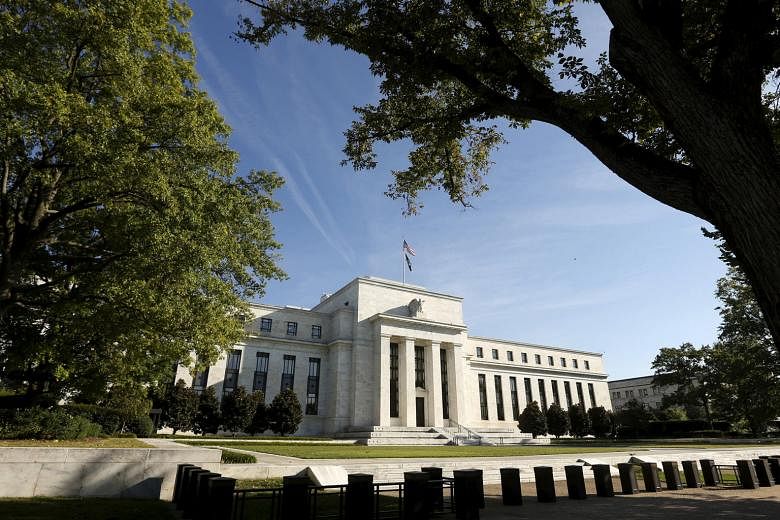The world's stock markets have had an eventful run of late. The sudden sell-off early last month snapped a 404-day run without a greater than 5 per cent pullback, the longest stretch since the 1950s. Meanwhile, the worst week since 2016 was quickly followed by the best week since 2015, and global equities are now just 5 per cent short of their all-time highs.
The worst of market volatility is likely past and extreme investor positioning has reset. But the exceptional Goldilocks environment of 2017 has likely also ended. Taking its place is a less certain world, one with higher and more variable inflation and tighter central bank policy. Still, crucial bullish elements remain: economies are growing above trend, interest rates are only rising from low levels and earnings are surging.
Markets should continue to recover. Investors should therefore not discard their existing investment calculus, which should be skewed towards risk. That said, the time is nigh to be more considered of new market dynamics, which call for selectively beefing up hedges should extreme volatility rear its head again.
GROWTH AND INFLATION EXPECTATIONS SHIFTING HIGHER
The sell-off early last month was likely more a correction within a rising market than the start of a sustained downtrend. After such a long uninterrupted rally, an adjustment like the one experienced is not unheard of - there have been 23 bull market corrections of this nature since 1940. Furthermore, following past spikes in volatility -when the volatility index (VIX) traded above its 90th percentile - the S&P 500 has posted 12-month gains 87 per cent of the time, with a median return of 22 per cent.
The move lower was greatly exacerbated by speculative positioning in certain VIX-linked exchange-traded products. But the more lasting impact on markets will lie in the "growing pains" as investors reassess the implications of higher US wages and looser fiscal policies on growth, inflation and the Fed's policy stance in the coming months.
UBS expects US gross domestic product (GDP) to expand at a roughly 2.8 per cent pace over the next two years from 2.3 per cent in 2017, with faster US inflation also in the works, and recently lifted its core personal consumption expenditures forecast, the Fed's preferred measure of inflation, to 2.1 per cent by end-2018. This is a significant move up from the 1.5 per cent pace in 2017, but only slightly faster than the 1.9 per cent rise in 2016 and marginally above the Fed's target of 2 per cent. UBS now expects the Fed to hike interest rates four times in 2018 (from three) and three times in 2019 (from two), taking the Fed fund target rate to just over 3 per cent by end-2019.
Asia, as well, looks set for solid GDP growth this year. While stocks sold off in sympathy with the US market, the region's bond and currency markets held up well amid rising US bond yields. This likely reflects investors' confidence in Asia's sound fundamentals. Inflation in the region is expected to accelerate by a modest 0.5 to 1 per cent overall this year, with the region's central banks gradually tightening policy mostly from around Q2 of 2018.

EARNINGS AND VALUATIONS STILL REIGN SUPREME
With corporate earnings expected to grow by a low-teen rate globally, we remain overweight on global equities and advise investors to keep their risk-on stance. The recent market decline has left global markets at a price-to-earnings (PE) ratio of 17.7x, below the 30-year average of 18.3x. This also makes for an opportune time to increase exposure to emerging markets, which are supported by strong global growth, rising commodity prices and a falling US dollar (USD).
Likewise for Asia, while the region's PE multiple is at a nine-year high (13.9x), it is just about half the record multiple (25.2x) and reasonable, considering that the spread between the forward earnings yield and the average 10-year local government bond yield is considerably higher (at 3.1 per cent) than previous market peaks. China's proposed constitutional change to presidential term limits has raised eyebrows both domestically and abroad, but the move is suggestive of broad policy continuity. Favourable economic conditions and structural reforms should continue to buoy Chinese stocks in the near term. Elsewhere in Asia, Indonesian and Thai equities should perform well in the current market landscape.
NAVIGATING NEW MARKET DYNAMICS
While risk assets are poised for another good year, investors should take steps to navigate the changing market dynamics driven by the inevitable reappraisal of US inflation and the Fed's policy rate. Investors could look to partially hedge their portfolios from extreme spikes in volatility by buying 10 per cent out-of-the-money put options on the S&P 500. These should provide stabilisation during periods when markets shift their focus towards fears of higher inflation and tighter monetary policy.
Another tactic would be to buy the Japanese yen (JPY) and sell the New Zealand dollar (NZD). We believe the JPY is undervalued and could surge at hints of policy normalisation by the Bank of Japan, likely in the latter half of 2018, now that core inflation is finally beginning to stir. Yet at the same time, the JPY also tends to perform well during times of market stress, hence its reputation as a safe haven, while the NZD is expected to underperform its G-10 peers due to domestic headwinds. Meanwhile, after rising 80 basis points in the past five months, we believe the bulk of the increase in the US 10-year yield is done for the near term. We see this as an attractive entry point to buy Treasuries, both as an alpha trade and as a hedge against extreme geopolitical risk events, on our view that the 10-year yield is unlikely to end 2018 above 3 per cent.
Besides higher volatility, USD weakness will likely be a key trait of markets in 2018. Despite robust US economic growth and the Fed's hiking path, the US' growing twin deficits - the current account deficit and fiscal deficit is expected to surge to 3.1 per cent and 5.3 per cent of GDP respectively in 2019 - should undermine the greenback against most currencies, including Asian ones. Investors could buy the Singapore dollar, which is managed on a trade-weighted regime, and sell USD to benefit from its weakening trend. As the economy recovers, the Monetary Authority of Singapore is expected to normalise its exchange rate-centred monetary policy this year. Another way to take advantage is to buy EURUSD, as the end of quantitative easing and the strength of the European economy remain euro supportive.
Overall, investors can view these new market dynamics in two ways: as an opportunity or a threat. We see the former, and believe that a pro-risk stance with proper hedges is the best way forward in this Year of the Dog.
• The writer is the Asia-Pacific regional head at the chief investment office of UBS Wealth Management.



